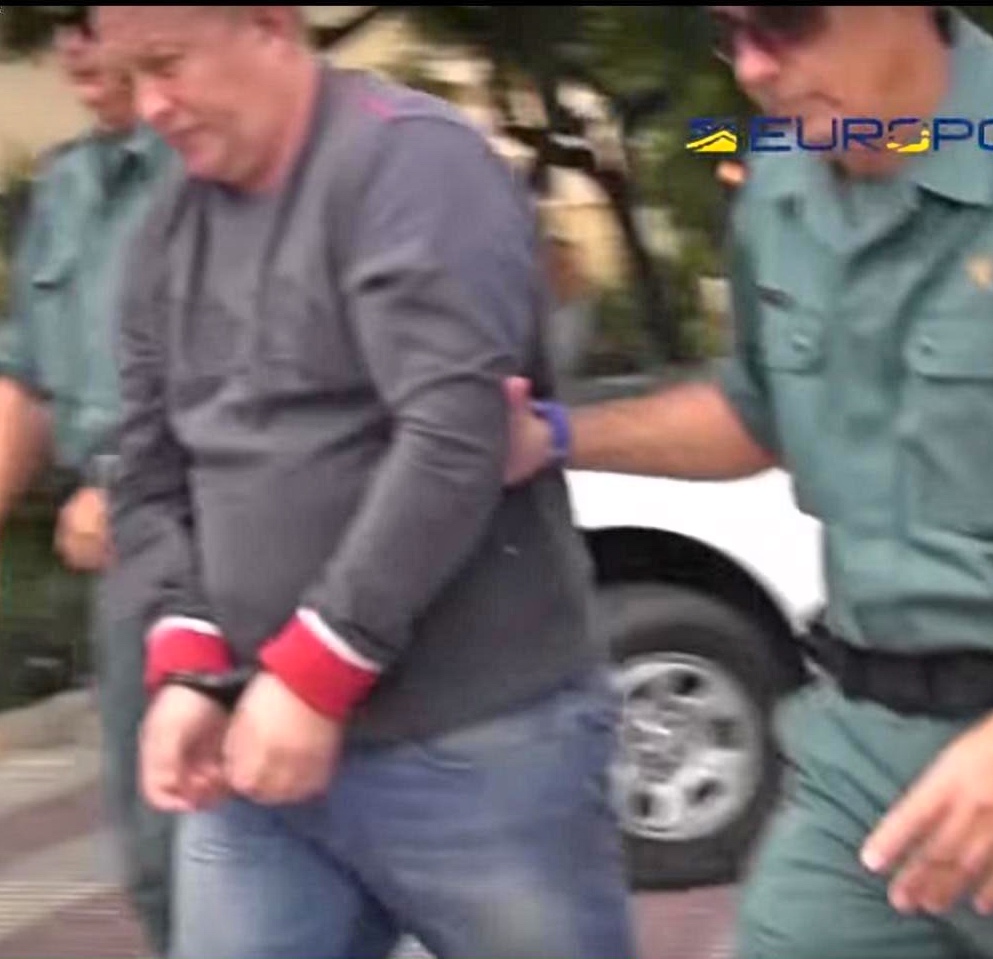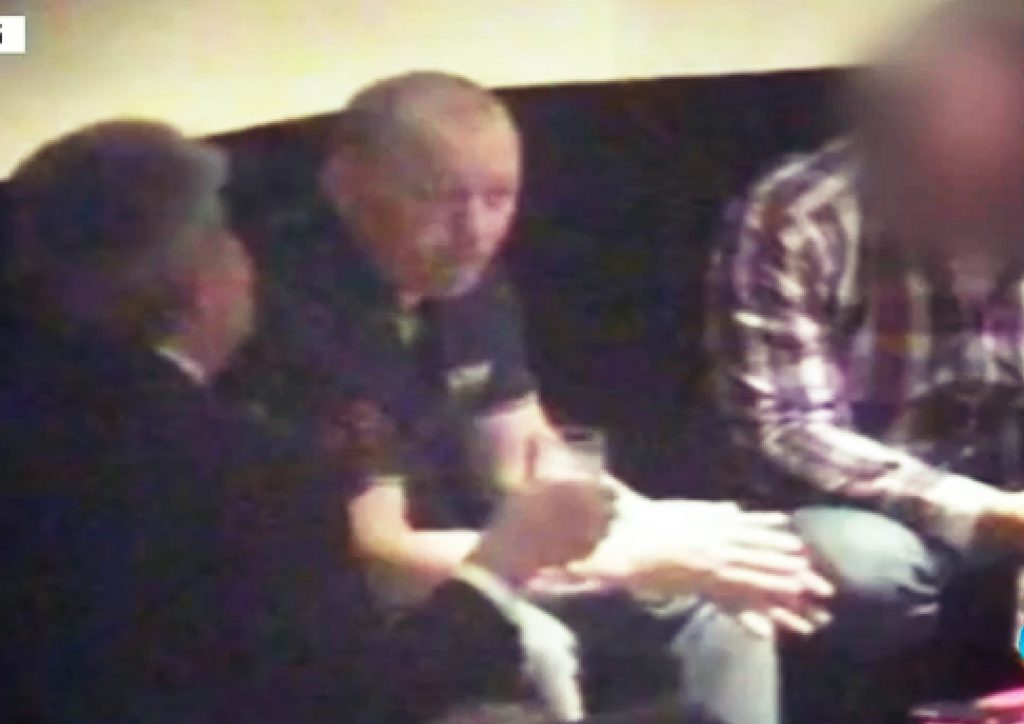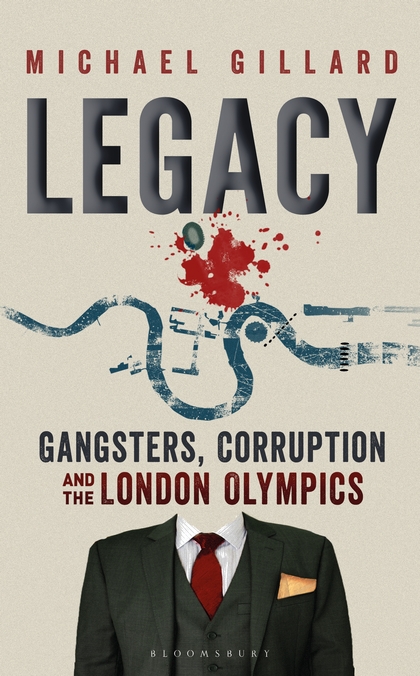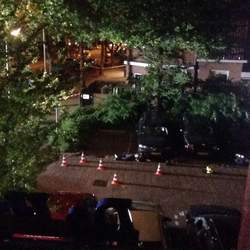IN a packed courtroom, British crime lord Robert Dawes was for once not the centre of attention for the throng of black-robed lawyers sat attentively listening to proceedings on the edge of their benches.
Their interest focused on their two colleagues Joseph Cohen-Sabban and Xavier Nogueras, lawyers for Robert Dawes, who now faced their own jeopardy as a result of defending their client.
In February this year French prosecutors had called for a prison sentence for the two lawyers and a ban on them practising in the legal profession for 5 years. Their “crime” would have been to allow a fake document produced by Robert Dawes into the case file of his 2018 trial for smuggling 1.3 tonnes of high grade cocaine aboard an Air France flight from Venezuela to Paris in 2013.
Dawes had been convicted and sentenced to 22 years for the offence but during his trial, prosecutors discovered a forged document which would have prevented crucial bugged evidence being heard of Dawes claiming ownership of the cocaine. The document had been created by Dawes’ translator Evan Hughes at the behest of his crime boss and Dawes’ two lawyers sought to collapse the trial by using the document.
At issue was whether the two lawyers knew they were dealing with a fake document and if not was it still their duty to have checked it’s authenticity. For lawyers working the French legal system the case has threatened to make an already terse relationship between magistrates and lawyers even more fraught. “Are we to be expected to check the authenticity of every document produced on our client’s behalf”, was the unified cry among the Paris legal profession.
In the end their was a huge sigh of relief when the Judge in Paris central court dismissed the charges of “forgery” against the two lawyers. But while the two may have escaped jail time, Judge Isabelle Prévost-Desprez did not hold back in her criticism of the lawyers’ ethical behaviour.
Sentencing the two lawyers to a €15,000 fine each with a suspended three year ban on practising in the legal profession Prévost-Desprez declared Cohen-Sabban and Nogueras had been guilty of :”Serious negligence, disinvestment, a glaring lack of professionalism and even the commission of an offense to the criminal law protecting professional secrecy. They have seriously damaged the confidence that each litigant has in the legal assistants”
The judge then turned her attention to the case against Dawes and his Costa del Sol based sidekick Evan Hughes, nicknamed by the lawyers “whisky” for his penchant for the odd malt or two imbuing the 68-year-old with a ruddy scarlet face. On Tuesday neither presented themselves to hear their fate. Dawes had refused to come out of his Paris cell for the verdict and Hughes, who had refused to attend the hearing, was now “on the lam” with an international arrest warrant bearing his name ready to greet him.

Prosecutors had revealed much of the attempt to pervert the course of justice through seized WhatsApp messages between Dawes, who had gained internet access in his highly secure prison cell via an X-Box console, and his collaborator Hughes based in Fuengirola.
Dawes, as the main beneficiary of the outlandish plan to doctor the documents, would receive the stiffest sentence of five years, added to his 22 year sentence. Hughes, who will now have to hand himself in or face the perils of attempting escape against an Interpol Red Notice, was given a four year prison sentence.
The relief on the part of the two lawyers now released from legal jeopardy was palpable. During the trial they had reluctantly admitted being intimidated by their client. As they worked to put a defence case together for Dawes, their work would frequently be stymied by burly threatening men visiting their offices on Dawes behalf asking why the case wasn’t moving forward positively.
Dawes, in particular, held a contempt for his lawyers bordering on hatred. He described the two in court as “Laurel and Hardy” figures who had put his case in jeopardy. He went further in WhatsApp messages to his associate Evan Hughes. At one point in conversation to Hughes he said that Nogueras “was full of bullshit”.
In regard to the 70-year-old Jewish lawyer Cohen-Sabban, Dawes wrote to Hughes: “Jews are only good for having their tails cut off. Hitler had the right idea, at least he had balls LOL”.
Hughes replied: “They are jerks but jerks can be useful.”
Dawes cut to the chase: “We need to stop talking about the law and find a way to fuck these bastards….we need to fix the truth.”
Their attempt to “fix” the truth came after their French lawyers gave Evan Hughes access to case file documents relating to the Spanish bug which caught Dawes at a Madrid hotel room in 2014 claiming ownership of the 1.3 tonnes of cocaine during a meeting about “business” with a Columbian and Venezuelan.
Hughes altered documents to show that a Spanish judge had ruled the bug in the hotel had not been authorised. The forgery was produced in court but after a weekend adjournment in the case French prosecutors received the original files from the Spanish judiciary which proved Hughes fake work.
It is unlikely that this will be the final legal episode in the criminal career of Robert Dawes. Later this year he faces a trial accused of ordering the 2002 murder of an innocent Dutch schoolteacher, Gerard Meesters. The truth and reliability of his statements in that case will have been severely damaged by this French case and no doubt his Dutch lawyers will be ensuring they don’t land in the same kind of hot water as their French counterparts.











